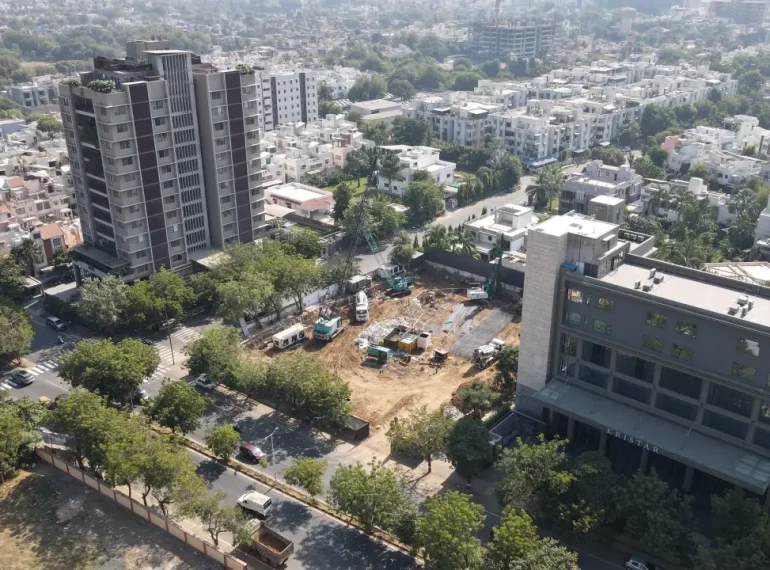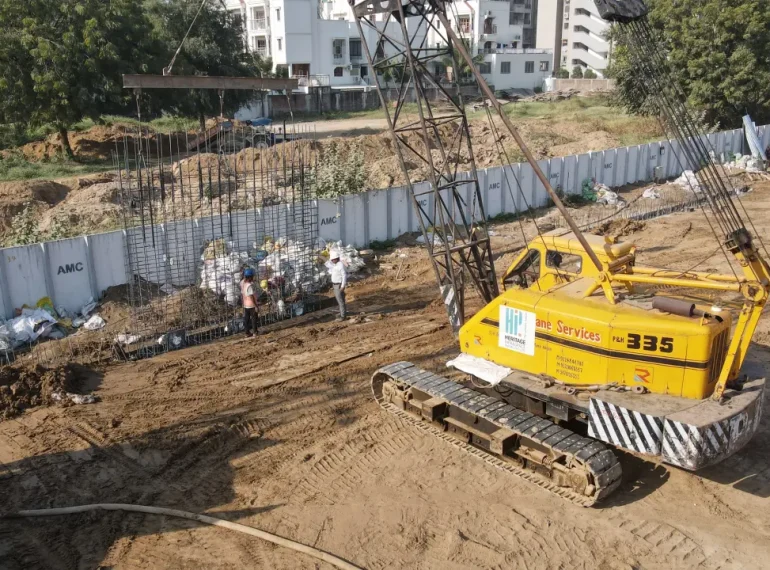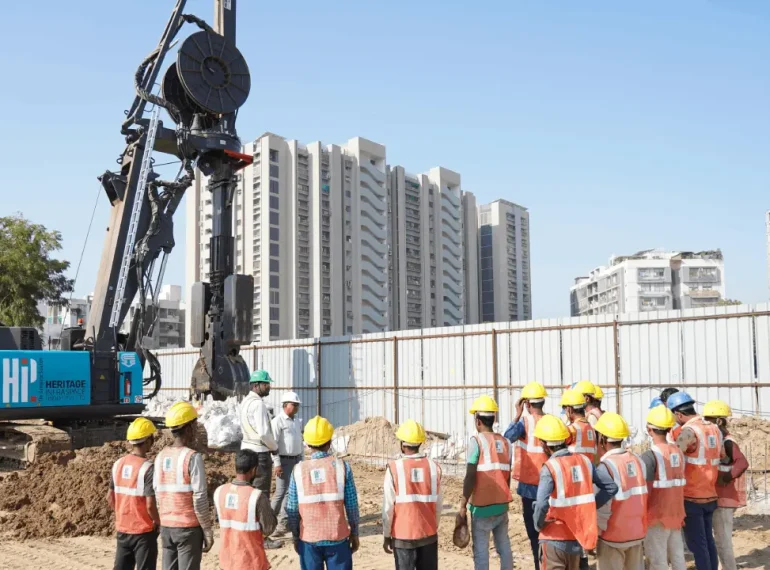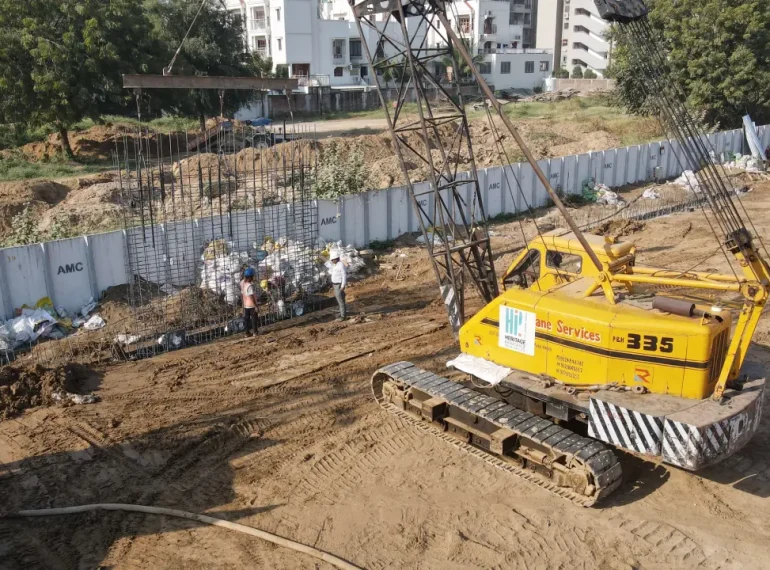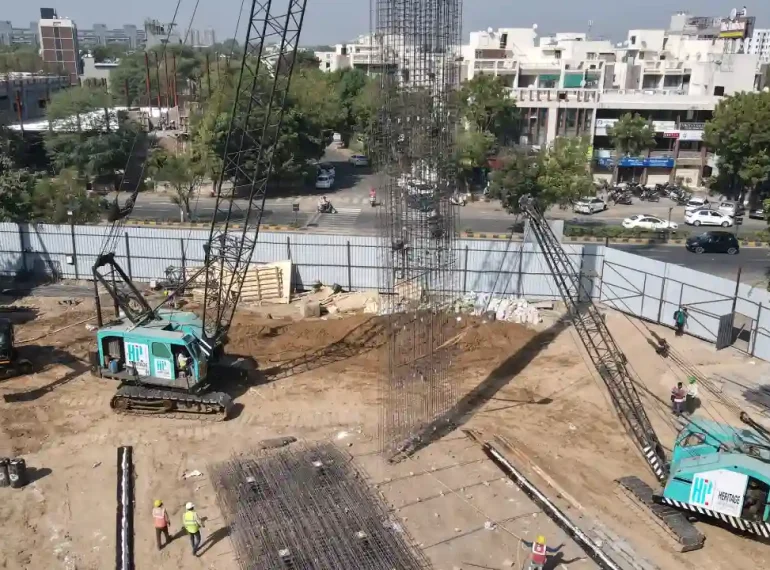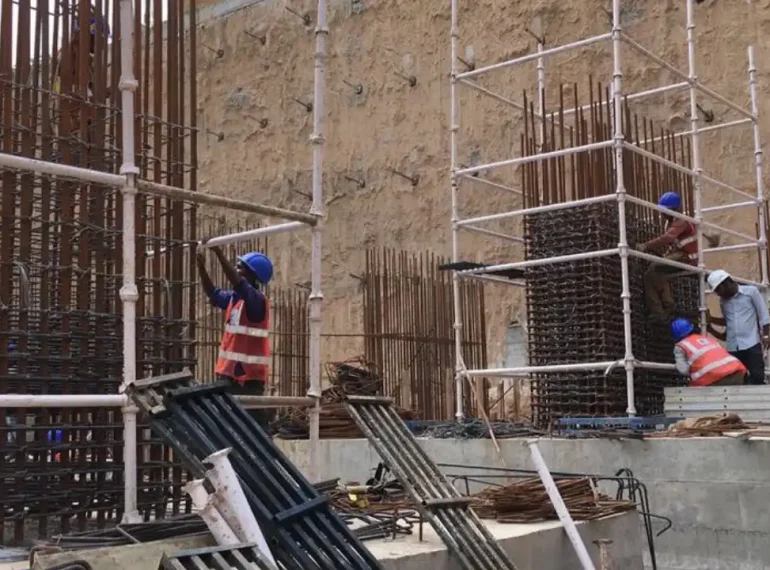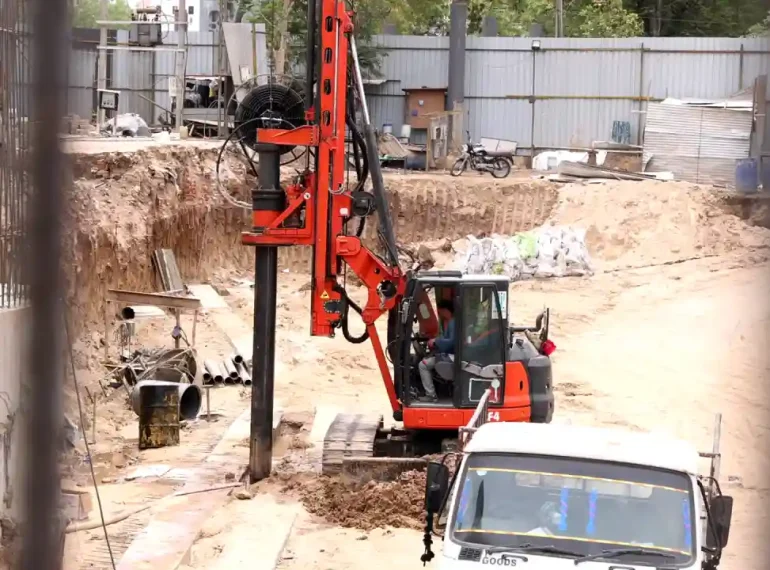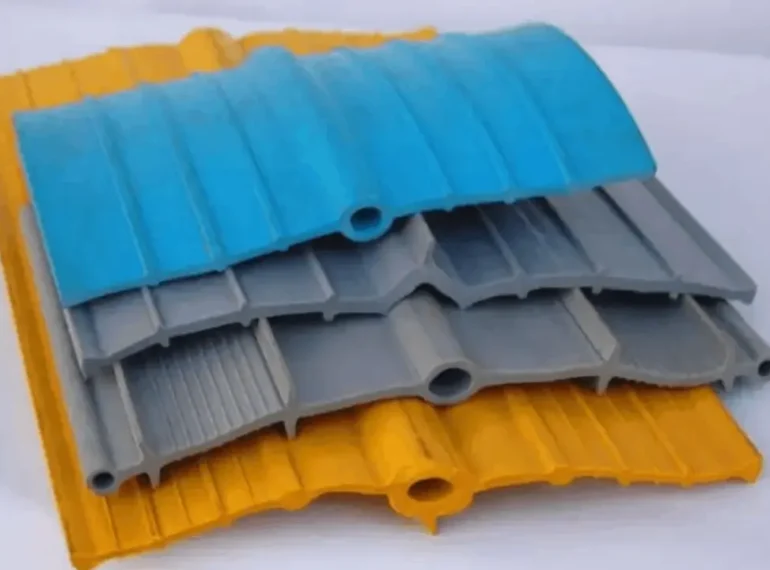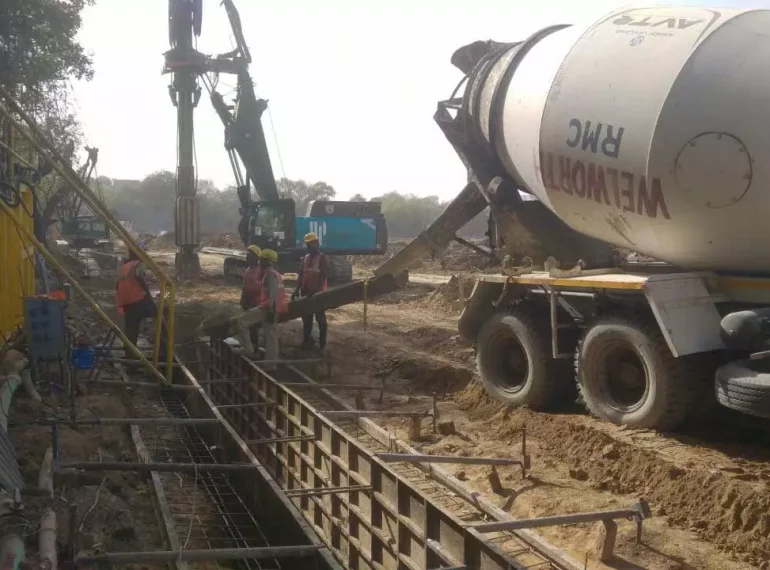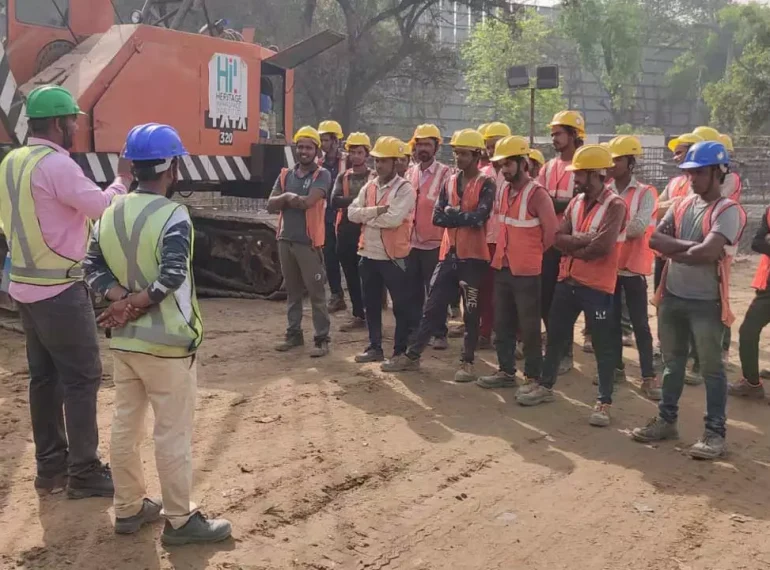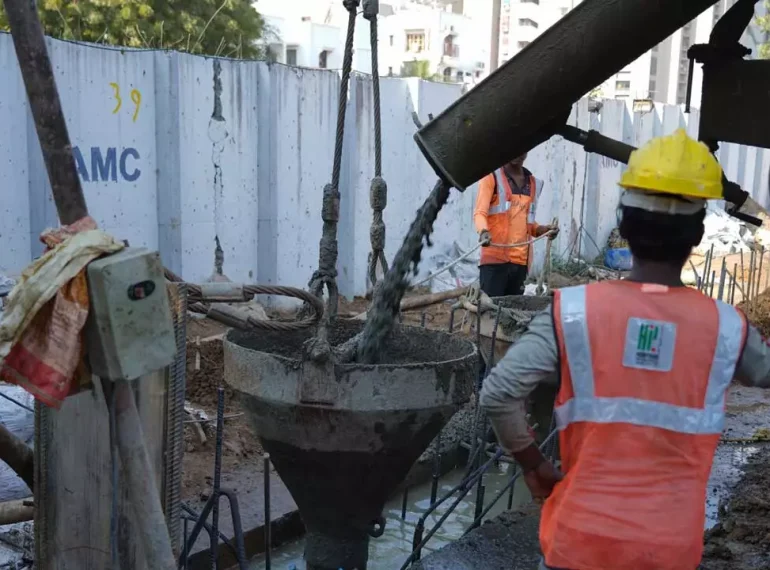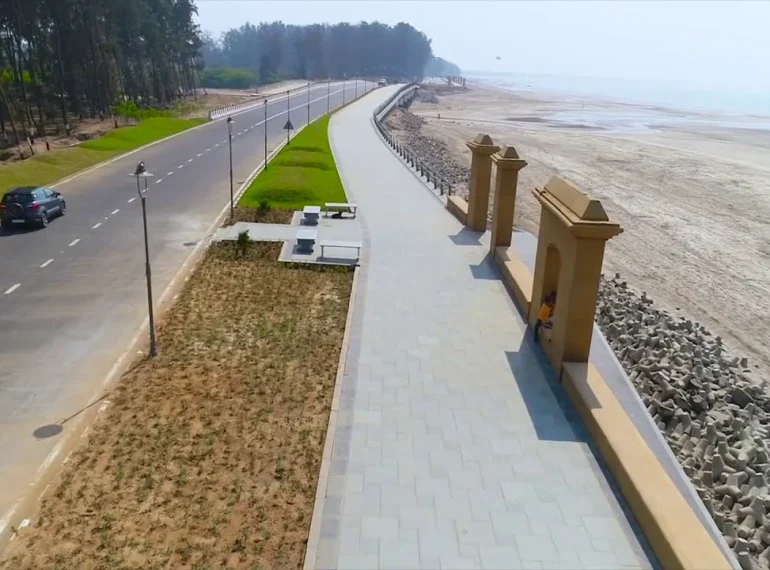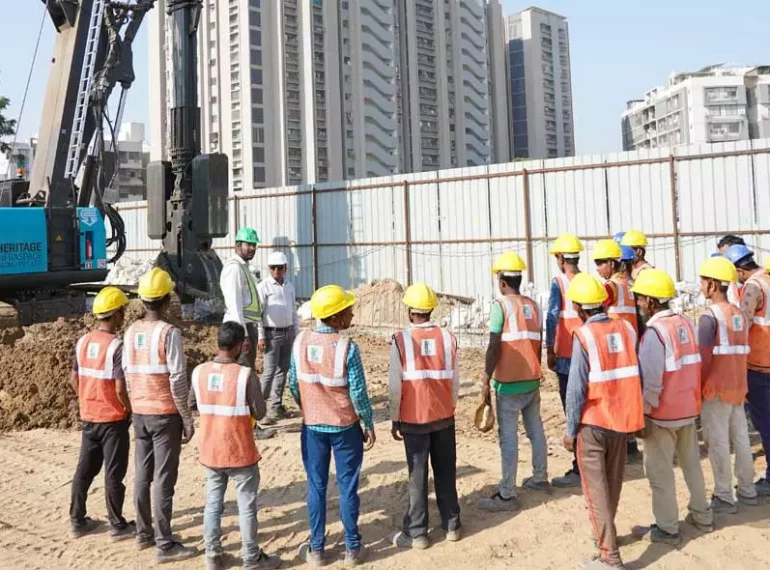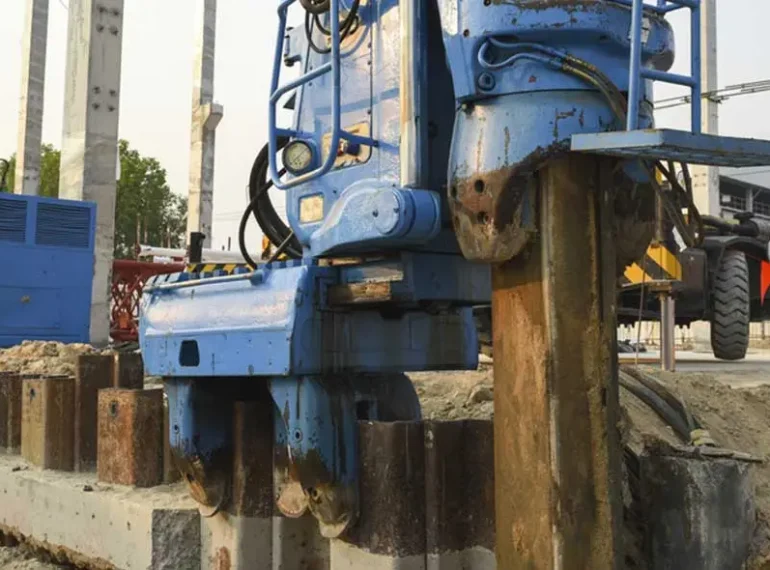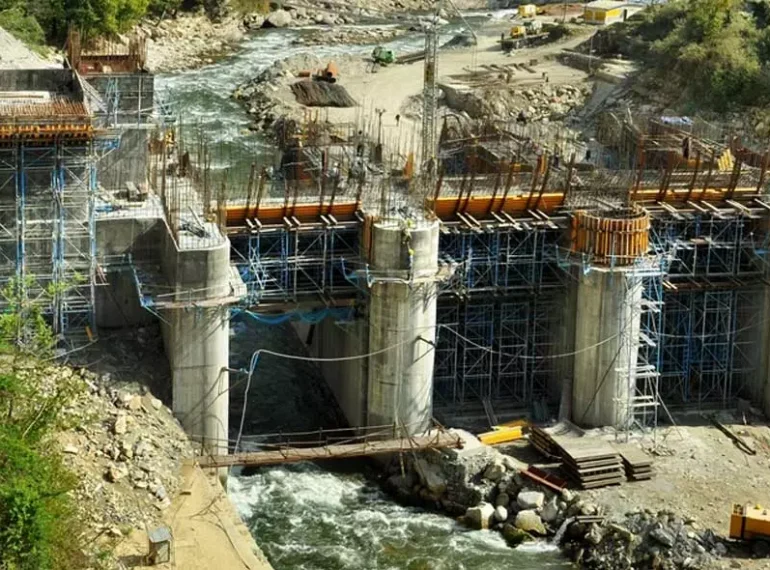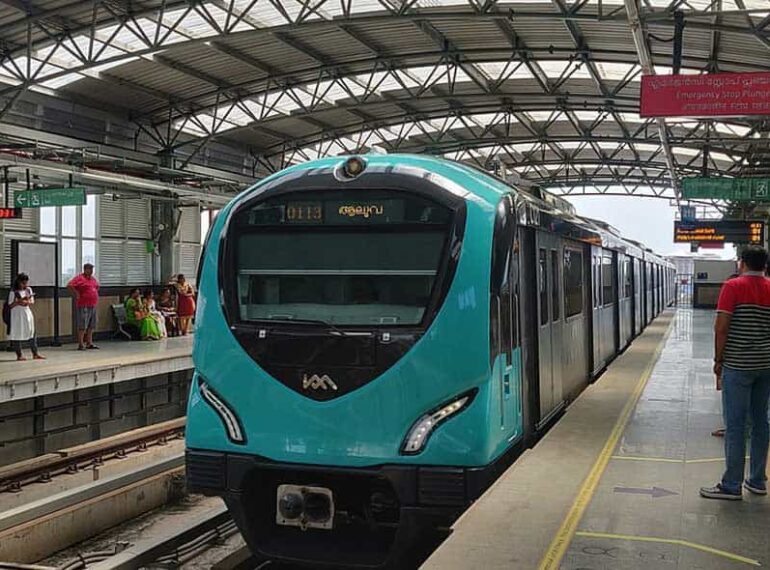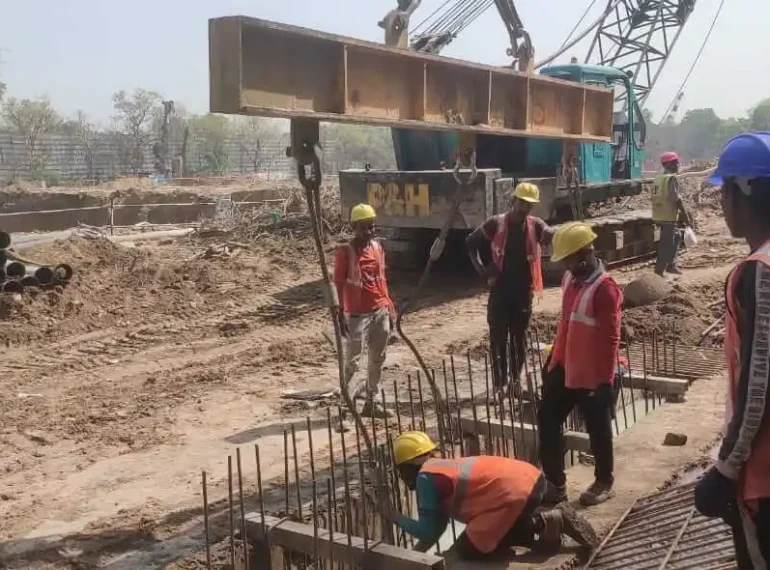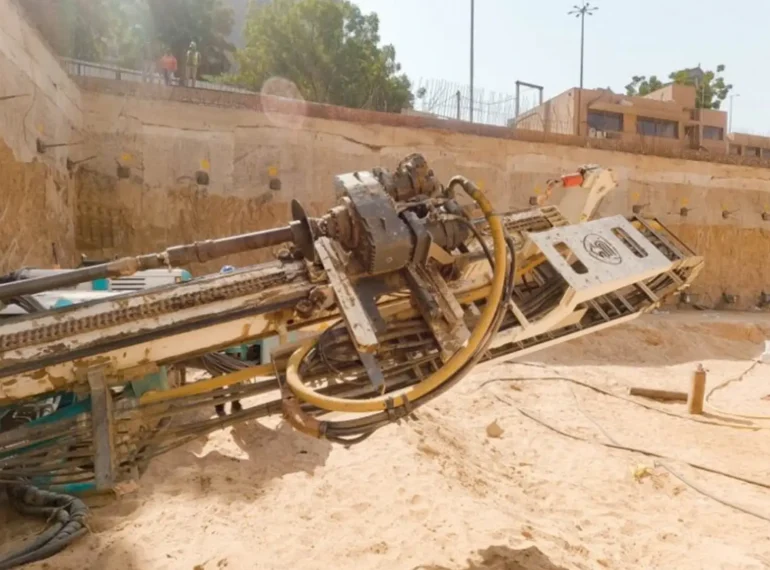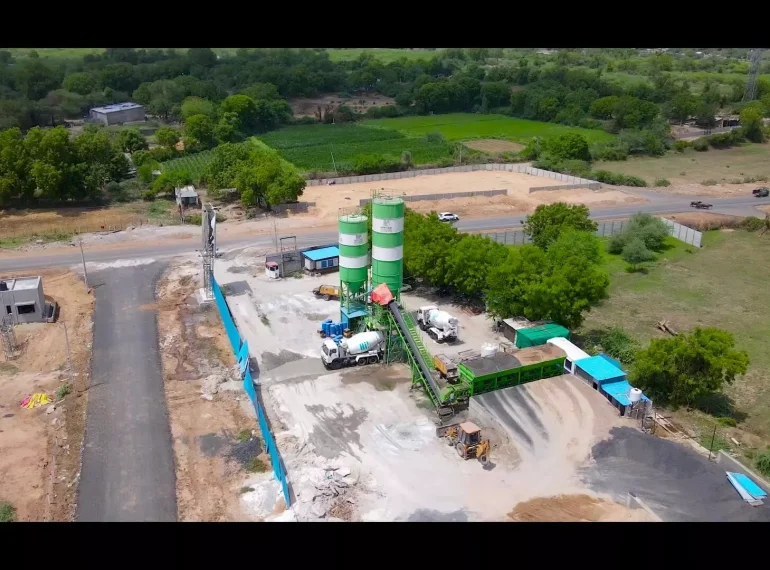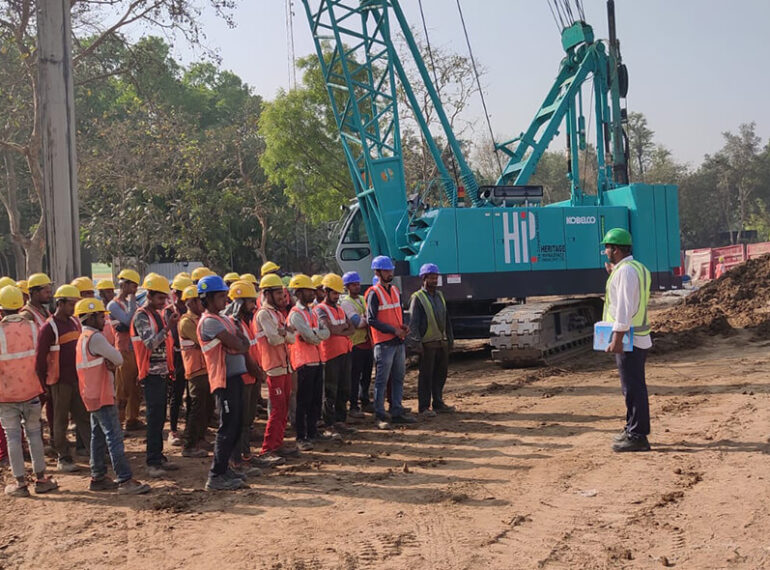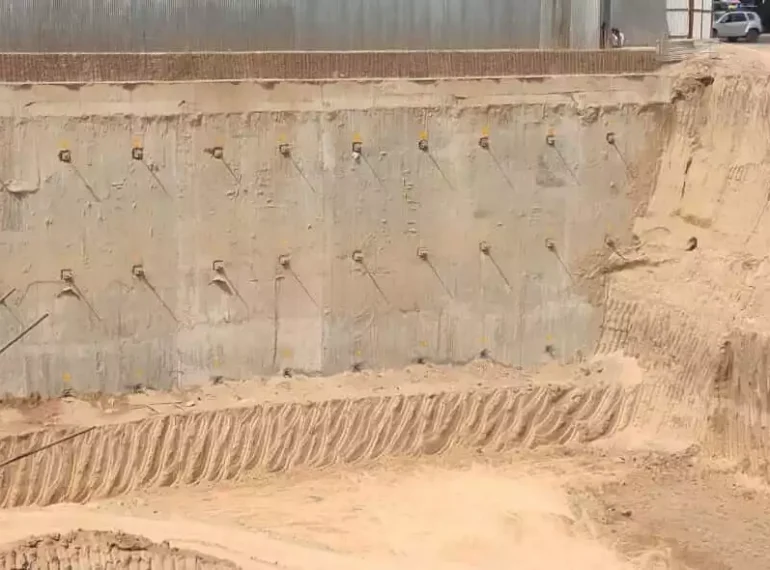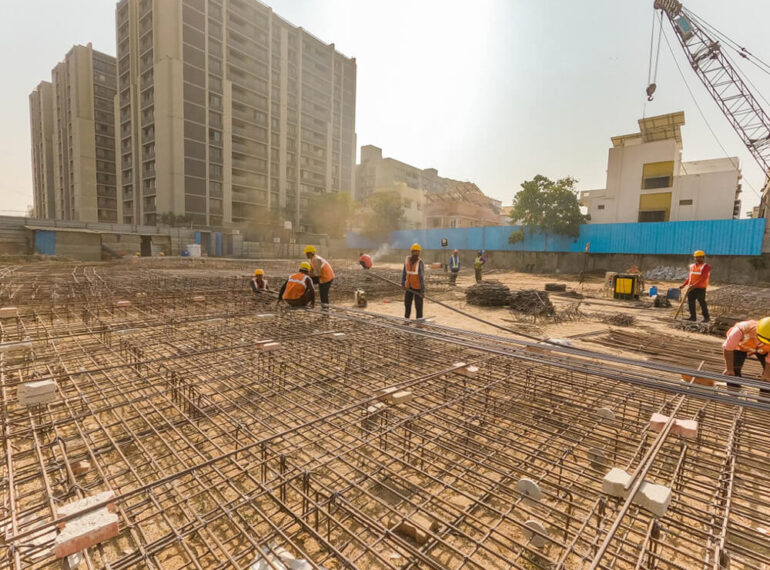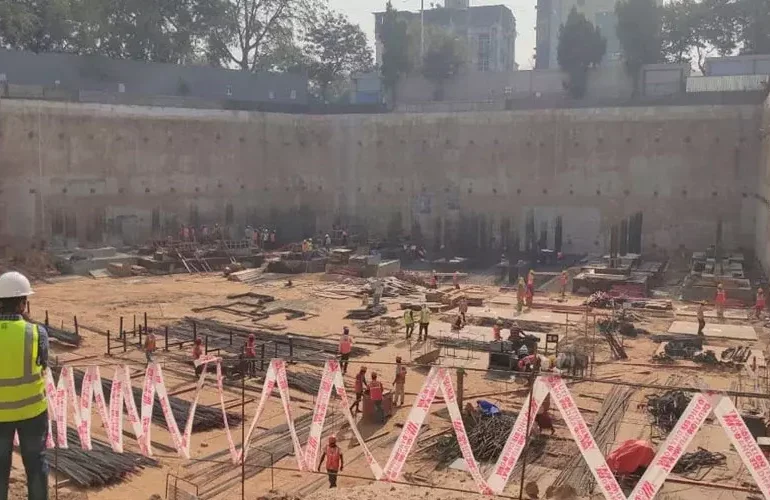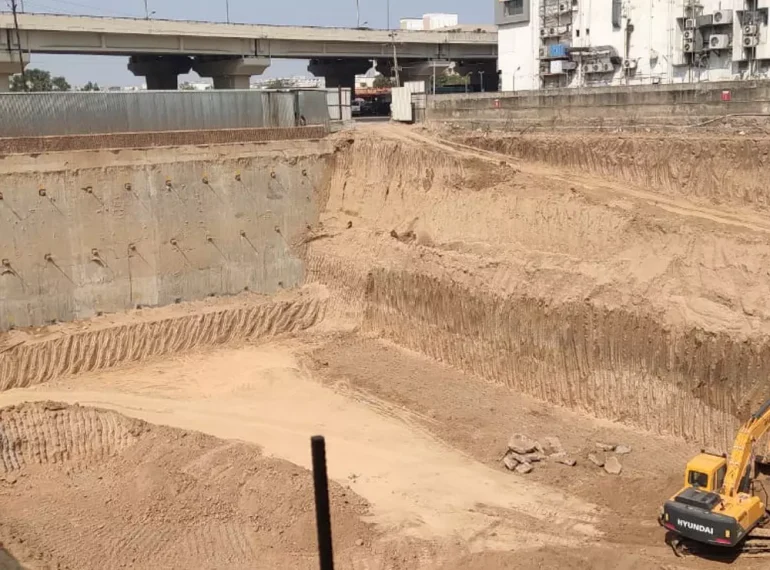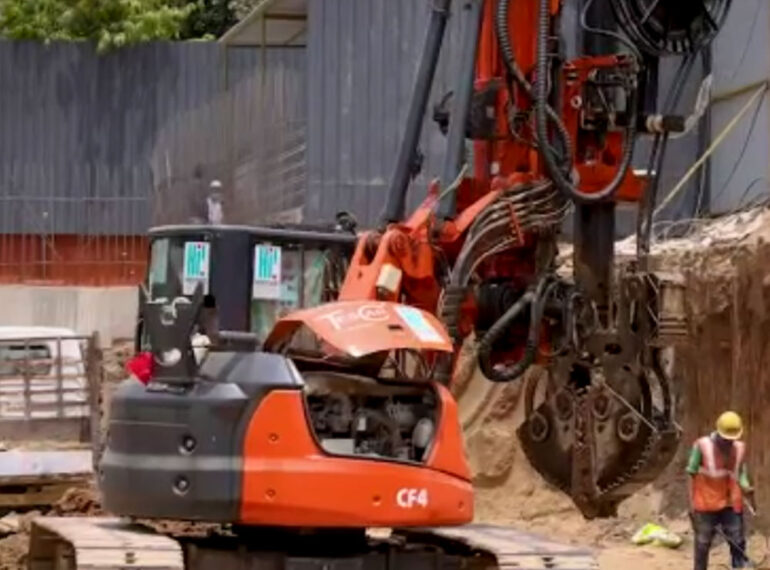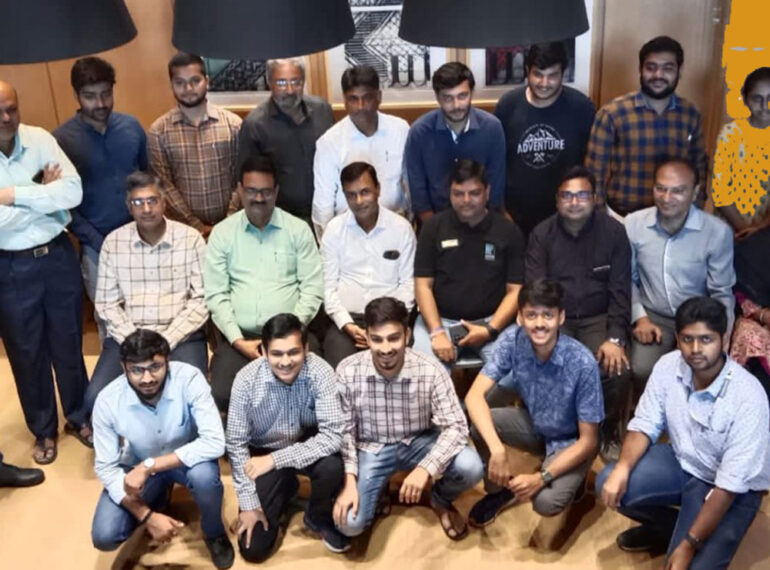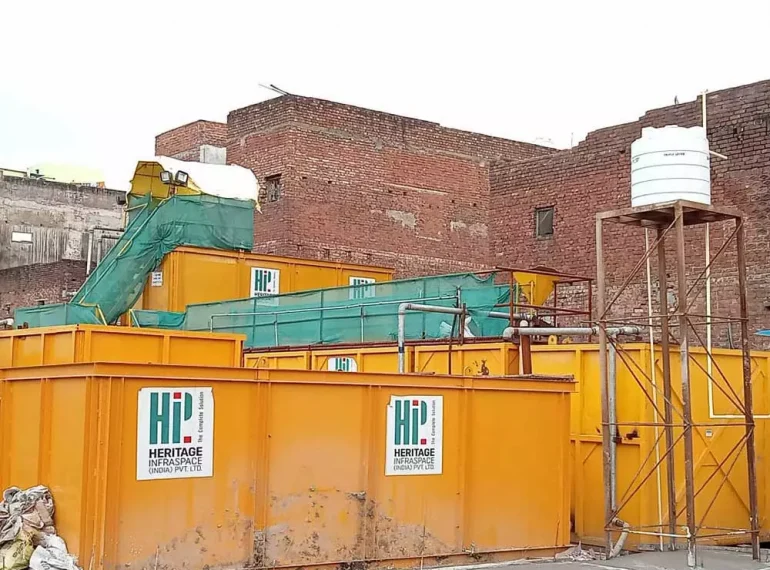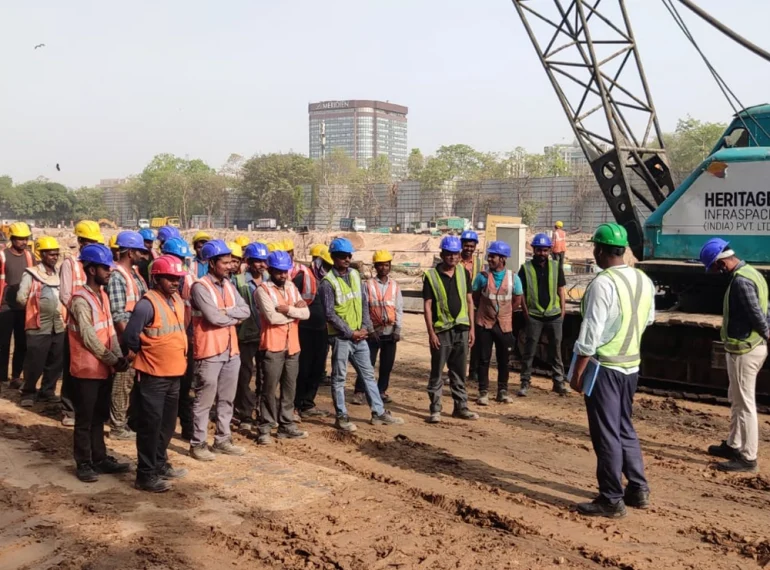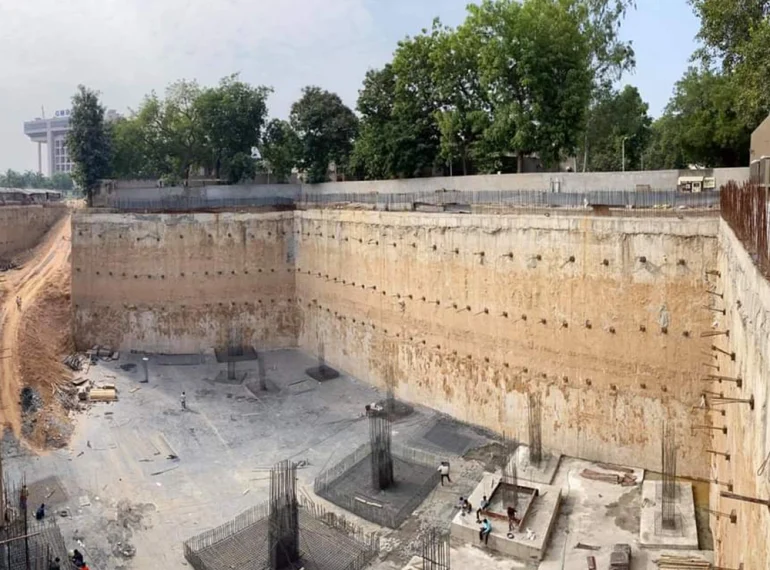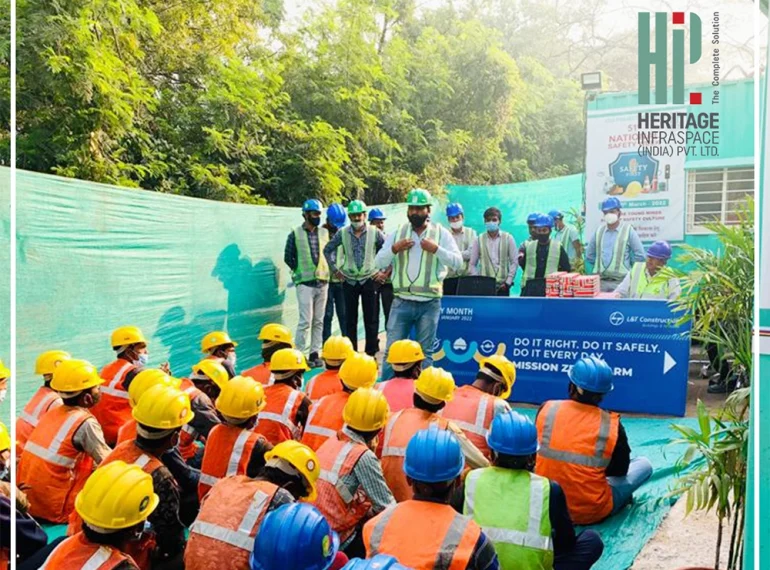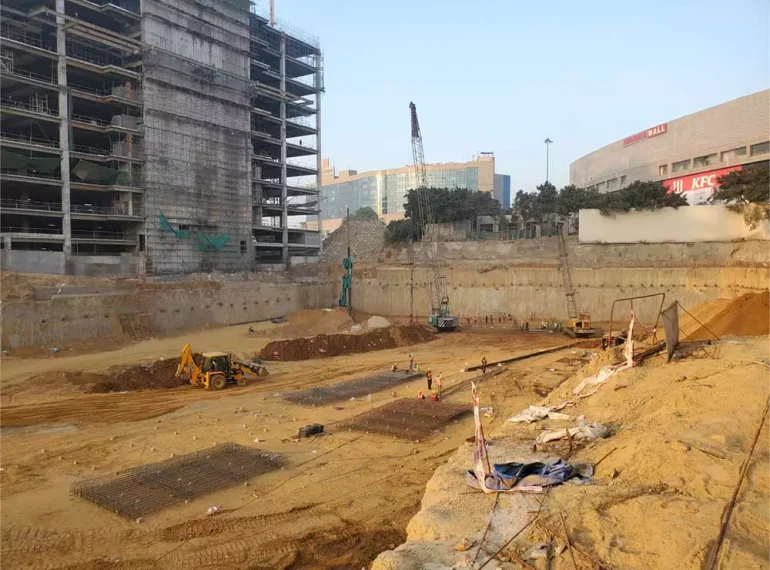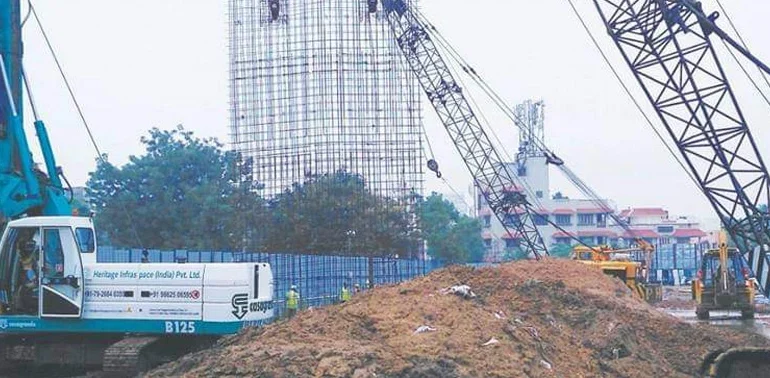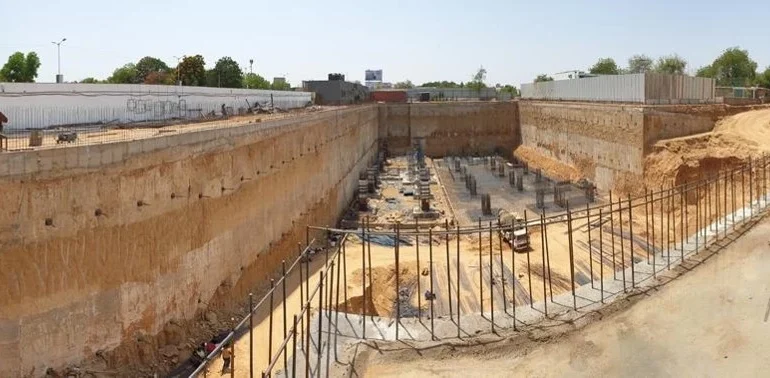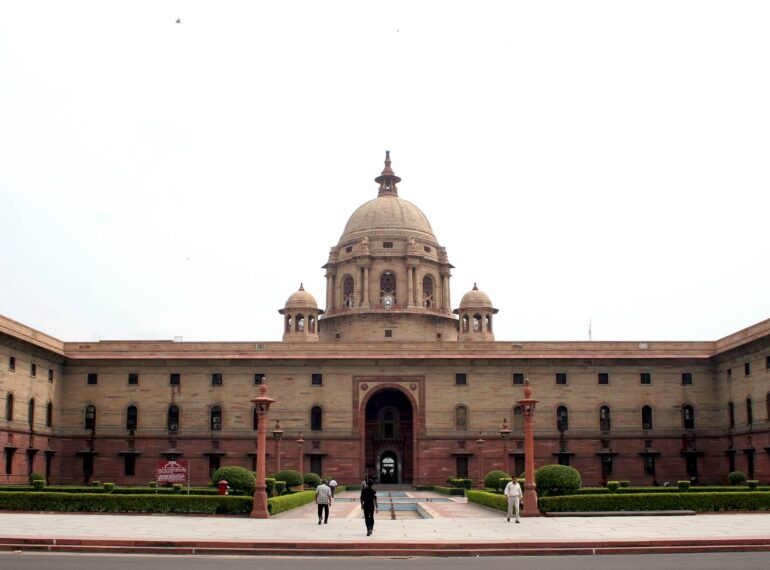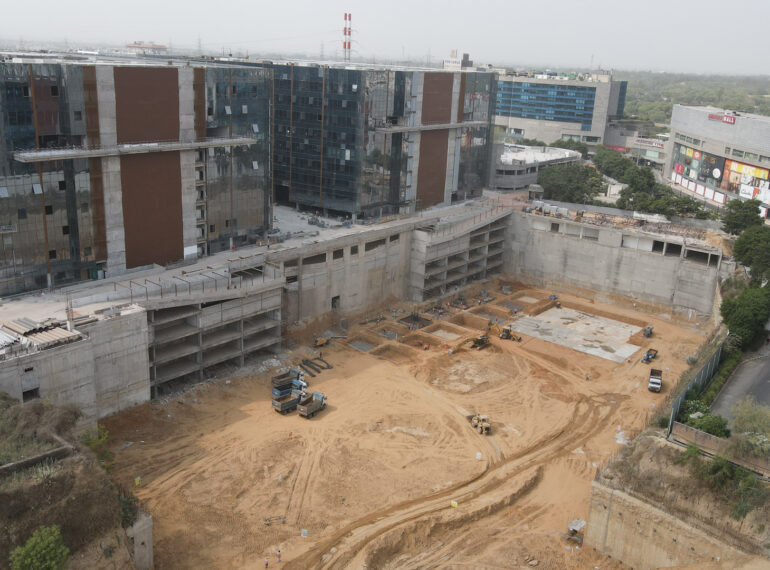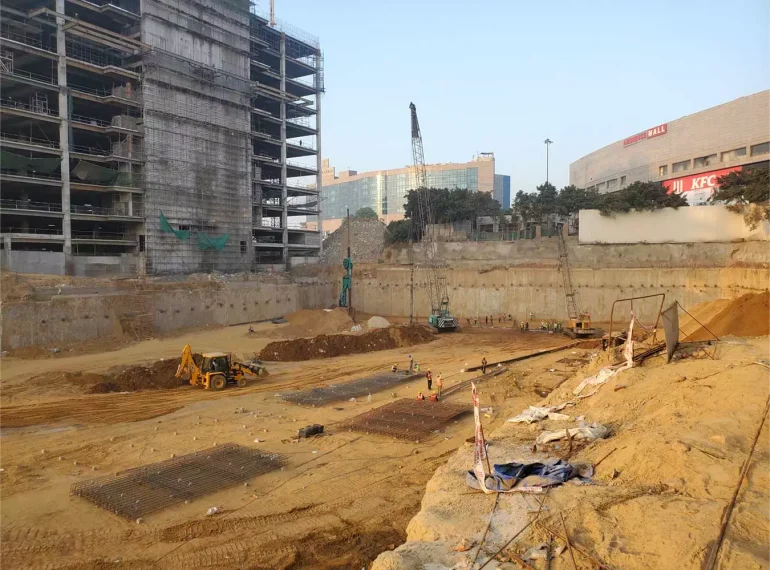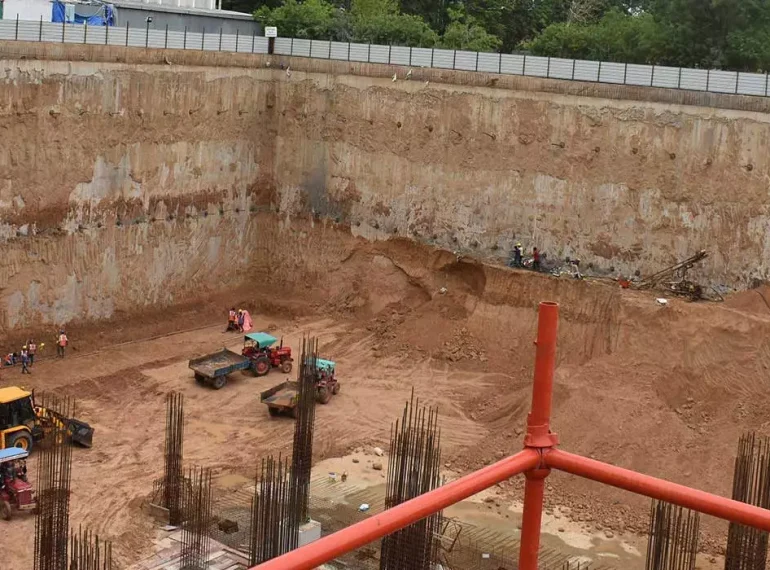India’s first metro rail started back in 1984 in Kolkata (then Calcutta), West Bengal . Ever since, India has seen a rapid expansion of metro rail in various cities, with Delhi leading, and other cities catching up like Ahmedabad, Bengaluru, Gurugram, Kanpur, Kochi, Lucknow, Mumbai and now even Agra.
India being a country with densely populated cities, building metro railway lines and stations is nothing short of a challenge. Heritage Infraspace Pvt Limited has assisted and provided metro diaphragm wall construction services to many metro contractors in India. Here, we break down the importance of diaphragm walls in the construction of metro railways, as an interesting case study.
Types of stations built by metro contractors in India
There are majorly two types of metro stations: elevated and underground stations.
An elevated metro railway station or elevated train station is a railway platform alongside the tracks above street level on a viaduct or other elevated structure, usually constructed from steel, cast iron, concrete, or bricks by metro contractors in India.
An underground metro railway station is where the platform is built multiple levels beneath the ground as deep basements. The metro rail tracks run parallel to these stations, with a bustling city above it.
Elevated railways are normally found in urban areas where there would otherwise be multiple level crossings. Usually, the tracks of elevated railways that run on steel viaducts can be seen from street level.
Underground metro stations are generally proposed in older, dense parts of the cities where roads are narrow and sharp turns do not allow elevated rail alignment without major demolitions.
Importance of diaphragm walls for underground metro stations
Diaphragm walls are sturdy underground structures that can act as a permanent structural wall. Diaphragm walls can be installed to deeper depths, which helps in building multi-basement stations.
Compared to construction of a station on an elevated metro corridor, underground metro diaphragm wall construction services require less temporary propping. The top-down construction method can be applied in building an underground metro railway station.
The diaphragm wall is a rigid structure, hence the ground movement induced by basement excavation for underground metro is lesser compared to usage of flexible retaining walls. Diaphragm walls act as a strong guide wall for the launching shaft for metro stations.
Challenges faced by HIPL Ground Team
A major challenge HIPL faces as a commercial construction company in India working on various underground metro projects is accurately/precisely identifying the quality of the soil. With urbanisation, soil quality cannot be determined with a single inspection, and as the excavation takes place, the teams come across various forms of soil, which affects the metro diaphragm wall construction to a great extent.
The other challenges are as below:
Metro construction area sees a lot of activity and hence securing an entire stretch for the excavation work and diverting the traffic is a challenge.
Transportation of various construction materials, utilities, machinery, etc. is a big challenge, as urban areas have constant and heavy flow of vehicular and foot traffic in congested spaces.
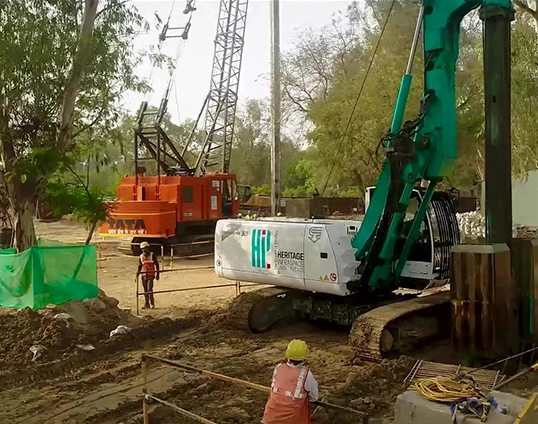
Keeping up with the strict pollution control standards for construction in public spaces by the National Green Tribunal (NGT) and Pollution Control Board (PCB).
Managing the multiple teams of commercial construction companies in India involved as different stakeholders, with effective communication to ensure nothing goes off the rails.
Tight deadlines from the government, metro cities are active locations and holding up daily activities for long metro construction projects would mean inconveniencing the residents.
Equipment/Machinery required for diaphragm wall construction
HIPL is known for its great fleet of the most modern construction machinery, because of which it is known as one of the best diaphragm wall construction and piling construction companies in India.
For all metro construction in India, HIPL uses the following heavy machinery apart from its usual excavators and earthmovers (JCBs).
Casagrande B200 Diaphragm Wall Grab Rig: It consists of a 240 kN high speed winch for effective and quick progression of work, while the H22 rotary head has a maximum torque output of 210 kNm and speed up to 34 RPM.
Casagrande B125 Diaphragm Wall Grab Rig: This is a specialist contractor equipment to perform large diameter rotary and CFA piling for the construction of diaphragm walls.

What do people prefer? Underground or Elevated?
There is no popular vote or poll which claims that people prefer one form of metro corridor over the other. With the conversations with residents, engineers, workers and various other stakeholders, this is what we have come to believe
- Elevated metro is seen as something of a vanity by people using it, and they like the aesthetic upgrade it brings to the cityscape and the skyline.
- But on the contrary, people show a sigh of relief when they are informed that the metro rail construction happening in their residential vicinity is underground.
- This, because underground metro rail construction doesn’t disturb or block the movement of traffic in the zone entirely. Furthermore,it doesn’t produce as much airborne particulate matter, vibrations, and noise as an elevated corridor.
Note: There is a financial aspect too, Pranil will get back to us with a confirmation on this point with Gagan.
HIPL’s most successful Metro Project
Heritage Infraspace Pvt Limited (HIPL), as one of the best construction companies in India, has worked on many metro rail projects all over India, and one of its most prestigious projects has been the Delhi Metro projects. HIPL has had the opportunity to provide its services in the construction of the crucial metro station of Krishna Park Extension for the Delhi Metro Rail Corporation (DMRC).
The project was completed within the stipulated time duration of 6 months, despite all the challenges the pandemic and other elements brought with it. Upon seeing HIPL’s standard of work, the second phase for Krishna Park in 2022 has also been awarded to the team that worked on the earlier phases of the metro station.
Reach out to us at info@www.heritageconstruction.in to know more about our diaphragm wall construction, its process and how your next project can stand tall and strong on our formidable basements and foundations.




